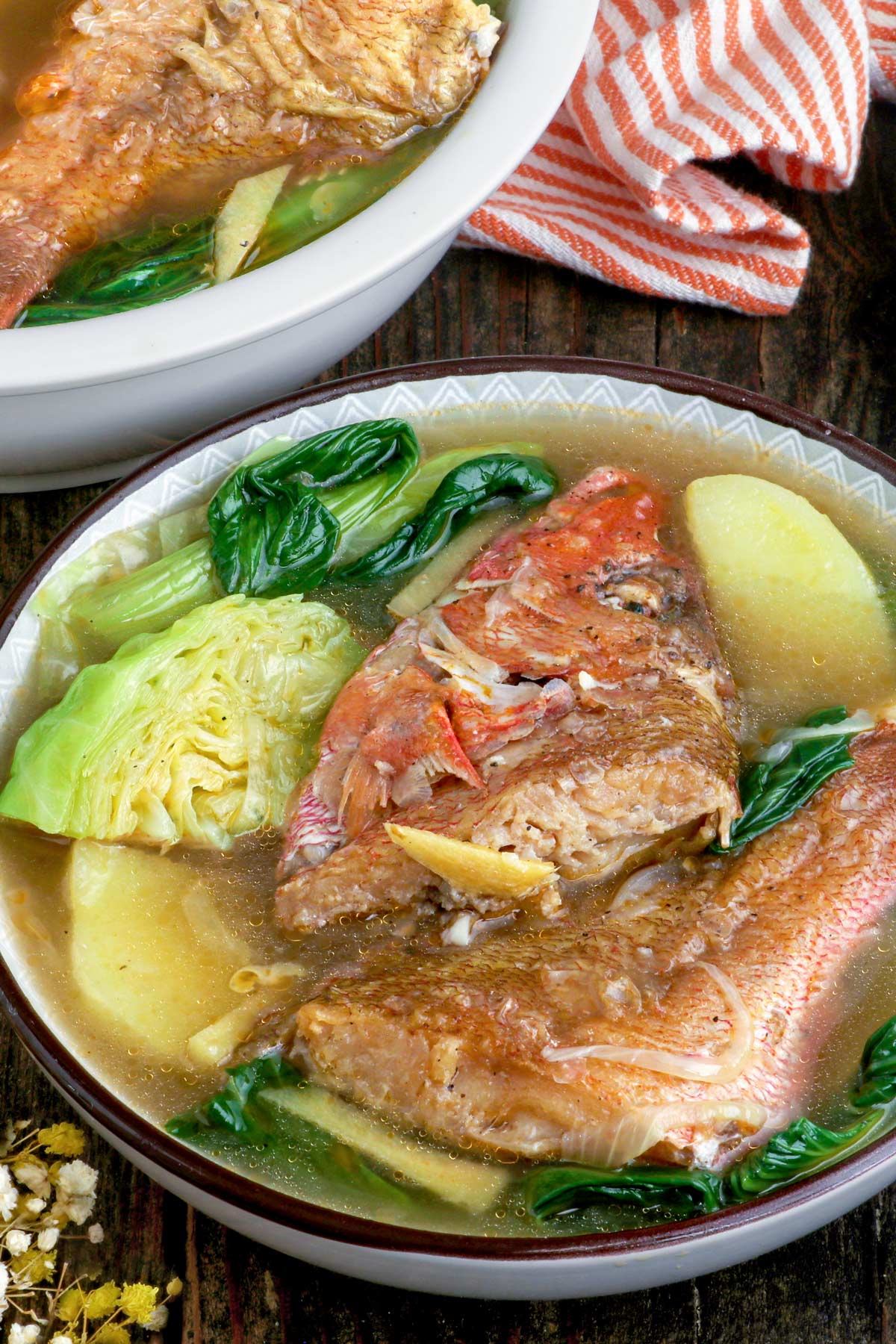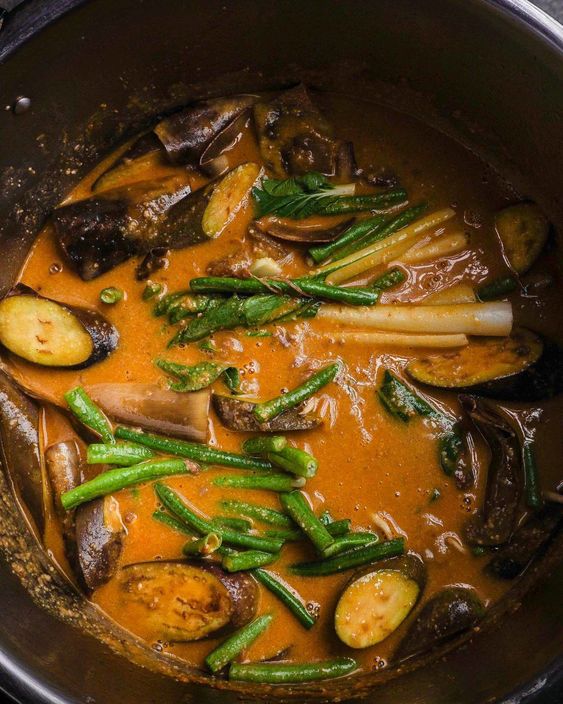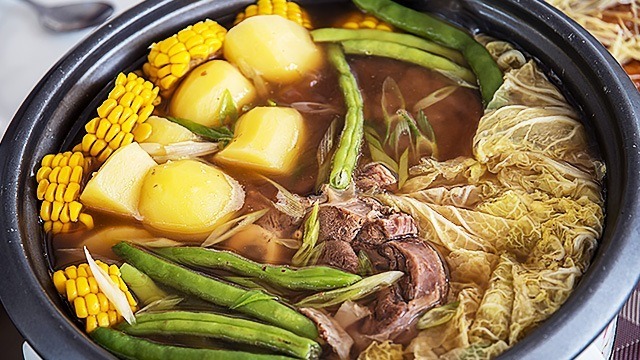Popular Filipino Food Recipes for Home Cooking.
Wiki Article
Discover the Rich Taste of Filipino Food With These Must-Try Recipes
Filipino food supplies an amazing tapestry of tastes that show the nation's abundant cultural heritage. Each recipe informs a tale, from the mouthwatering deepness of Adobo to the revitalizing tang of Sinigang, welcoming cooking fanatics to explore a varied selection of preferences. The festive attraction of Lechon and the calming heat of Kare-Kare better improve this gastronomic journey, while the vibrant Halo-Halo provides a pleasant final thought to any type of meal. As we consider the nuances of these famous recipes, one must consider exactly how they not only satisfy the taste buds however also link us to a more comprehensive social narrative.Adobo: The Legendary Meal
Adobo has actually become the perfect dish of Filipino food, exciting tastes buds both in your area and abroad. This beloved recipe is identified by its one-of-a-kind combination of savory, sour, and a little wonderful flavors, achieved through a thorough marination procedure. Typically, adobo is prepared utilizing poultry or pork, although variants exist that integrate seafood and vegetables.The essential ingredients of adobo consist of soy sauce, vinegar, garlic, bay leaves, and black pepper, which together create an abundant and aromatic sauce. The food preparation technique normally entails simmering the meat in the marinade, permitting it to soak up the facility flavors while softening. This procedure not only improves the taste yet likewise functions as a natural preservative, making adobo an ideal dish for storage.
Adobo is typically served with steamed rice, which enhances its durable flavor account. Whether enjoyed at home or in dining establishments, adobo remains a staple that embodies the significance of Filipino friendliness, making it a must-try for anyone discovering this lively cuisine.

Sinigang: A Tangy Delight
Another keystone of Filipino food is sinigang, a recipe celebrated for its distinct tasty flavor. This tasty soup is traditionally made with a range of meats, including pork, beef, shrimp, or fish, and is identified by its sour brew, which commonly stems from tamarind, eco-friendly mango, or calamansi. The balance of acidity and umami creates a rejuvenating contrast that is both calming and invigorating.Sinigang is typically enriched with a selection of fresh veggies such as radish, eggplant, water spinach, and string beans, contributing not only to the dish's flavor profile however additionally to its nutritional worth - Filipino food recipes. Each household may have its own variation, with regional variants that mirror neighborhood active ingredients and social impacts
The preparation of sinigang includes simmering the chosen meat till tender, adhered to by the enhancement of the souring agent and veggies. This approach enables the tastes to meld perfectly, resulting in a passionate and rewarding meal. Generally offered with fit to be tied rice, sinigang personifies the significance of Filipino friendliness and is a beloved staple, typically appreciated throughout family celebrations and unique celebrations.
Lechon: The Cheery Roast
Lechon, frequently considered as the centerpiece of festive Filipino events, is a succulent roasted pig understood for its crunchy skin and tender, tasty meat. This famous meal is deeply rooted in Filipino culture, frequently beautifying tables throughout birthday celebrations, wedding celebrations, and substantial holidays. The preparation of lechon is an art form, needing meticulous interest to detail, from seasoning the pig with a mix of flavors to making sure an also roast over an open flame or in a specialized stove.Typically, the pig is experienced with a mixture of salt, pepper, and neighborhood herbs, passing on a rich taste that complements its natural juiciness. The cooking process can take a number of hours, throughout which the skin changes right into a flawlessly crunchy layer, developing a wonderful contrast to the delicious meat beneath.
Lechon is generally offered with a side of liver sauce or vinegar dip, boosting its tasty profile. It is not just a dish visit this web-site however a public experience, as friends and families collect around to appreciate this sumptuous recipe. The aroma of lechon wafting with the air is an invitation to indulge, making it a beloved icon of celebration in Filipino culture.
Kare-Kare: Oxtail Stew
Kare-Kare, a rich and hearty oxtail stew, holds an unique place in Filipino culinary custom, celebrated for its distinct flavor profile and vivid discussion (Filipino food recipes). This recipe is characterized by its lush peanut sauce, which is produced by grinding baked peanuts or making use of peanut butter, giving it a creamy and nutty significance. Commonly, kare-kare functions tender oxtail, although variants may include tripe or beef shank, each adding to the stew's deepness of tasteThe preparation of kare-kare commonly includes slow-cooking the meat up until it comes to be incredibly tender. The enhancement of a range of veggies, such as eggplant, string beans, and banana hearts, not only boosts the stew's nutritional worth but additionally its visual appeal. Offered with a side of bagoong, or fermented shrimp paste, kare-kare magnificently stabilizes its abundant, tasty notes with a salted kick.
Commonly appreciated throughout special events and household gatherings, kare-kare symbolizes the essence of public eating in Filipino culture. Its delightful intricacy and soothing warmth make it a meal that is not just pleasing to the taste however likewise evokes a sense of nostalgia for many Filipinos around the globe.

Halo-Halo: A Sweet Treat
Halo-halo is commonly considered the perfect Filipino treat, review celebrated for its lively mix of textures and flavors - Filipino food recipes. This wonderful mixture is an ideal depiction of the Philippines' rich cooking heritage, integrating numerous ingredients that integrate to develop a rejuvenating and indulgent treat, especially during heatAt its core, halo-halo features crushed ice topped with an array of ingredients, consisting of sweetened beans, jellies, fruits like bananas and jackfruit, and velvety leche flan. A generous scoop of ube (purple yam) gelato crowns the mixture, adding an abundant, velvety taste that raises the dessert. The layering of components not only develops a feast for the eyes yet likewise gives a complicated interaction of sweet taste and appearance in every spoonful.
Typically offered in a glass, halo-halo urges restaurants to blend the materials prior to enjoying. This public aspect improves the dessert's appeal, as each individual's variation can be distinctly tailored. Whether enjoyed as a street food extravagance or an unique event treat, try this website halo-halo stays a cherished icon of Filipino culture, inviting everyone to explore its wonderful and varied flavors.
Final Thought

Report this wiki page